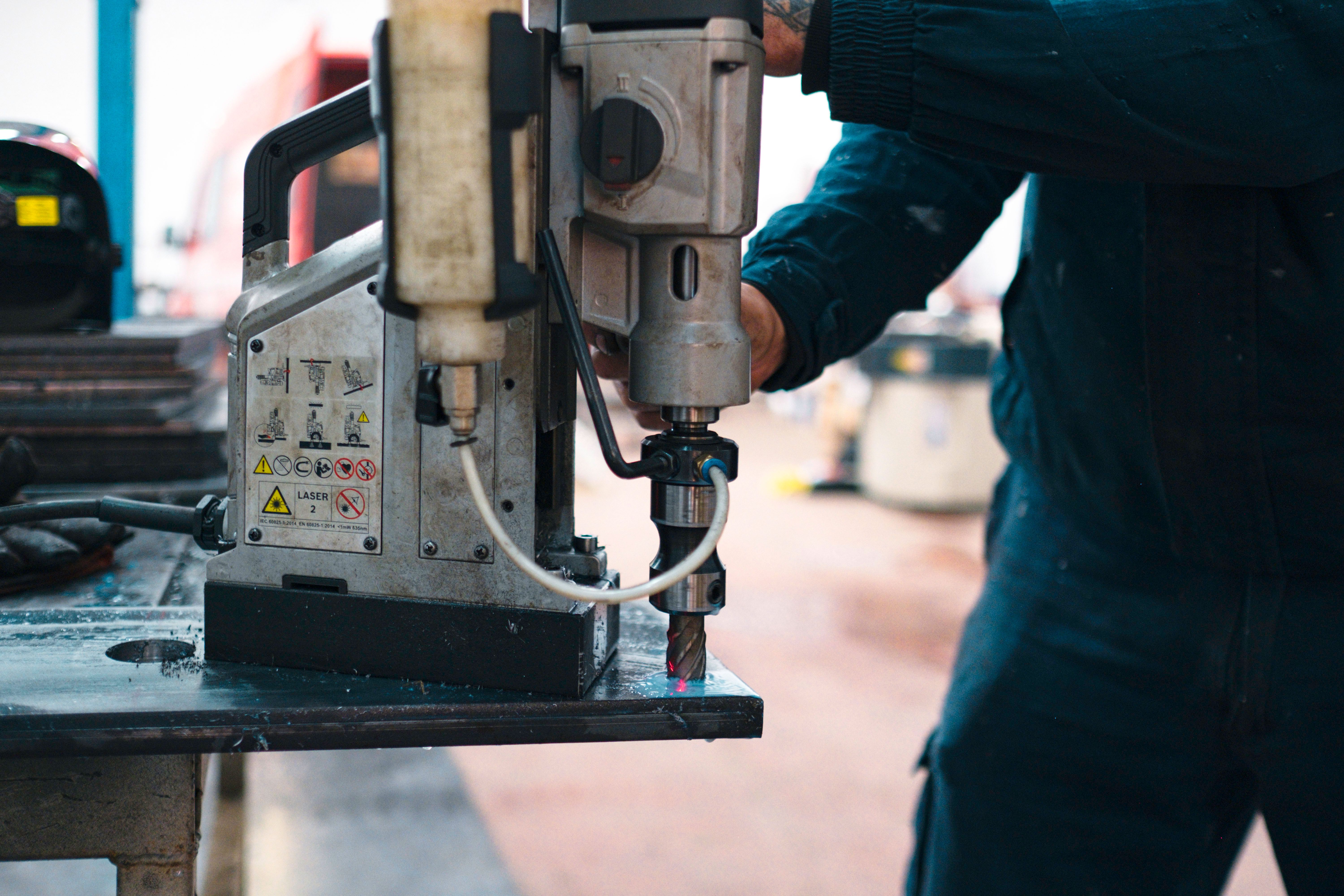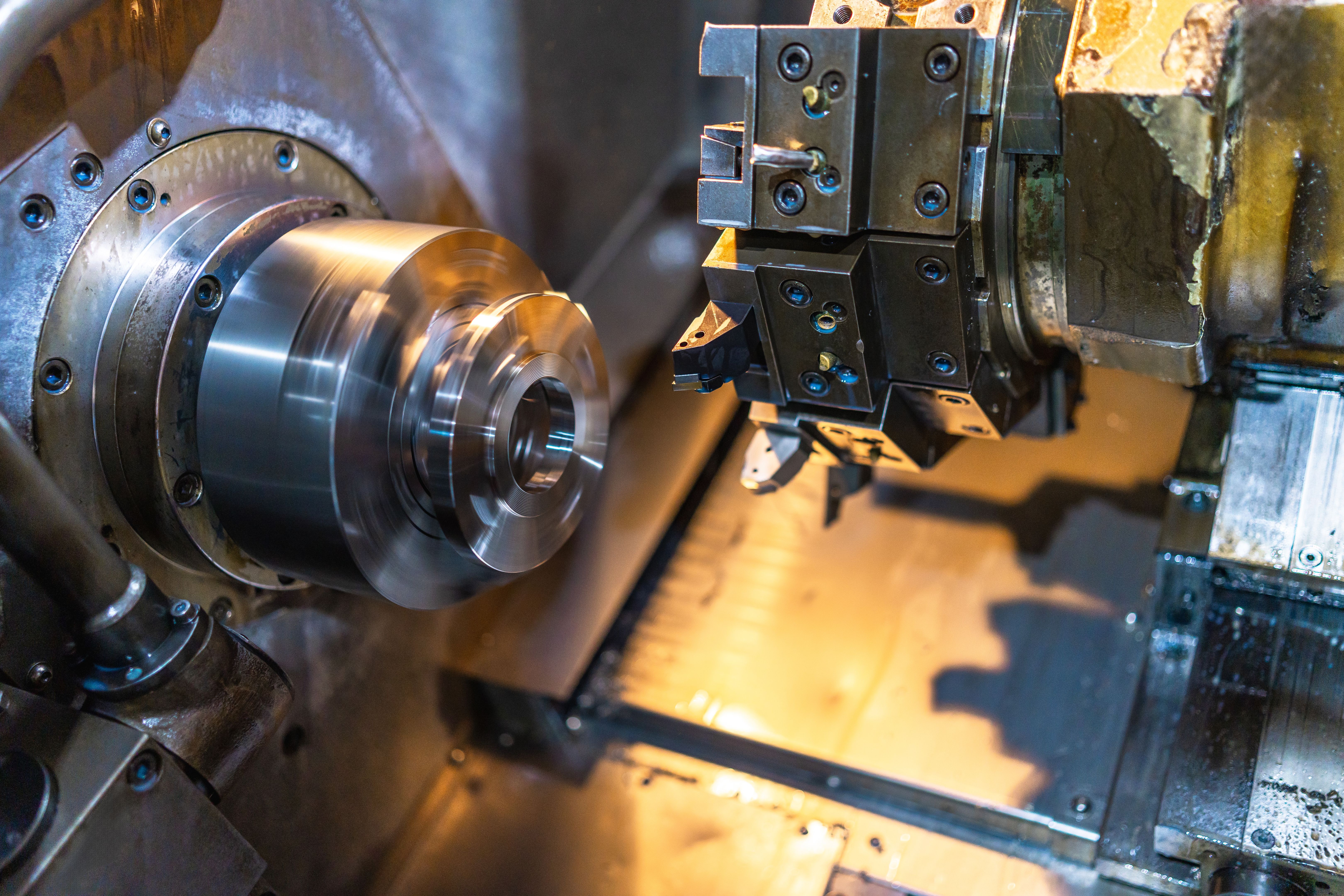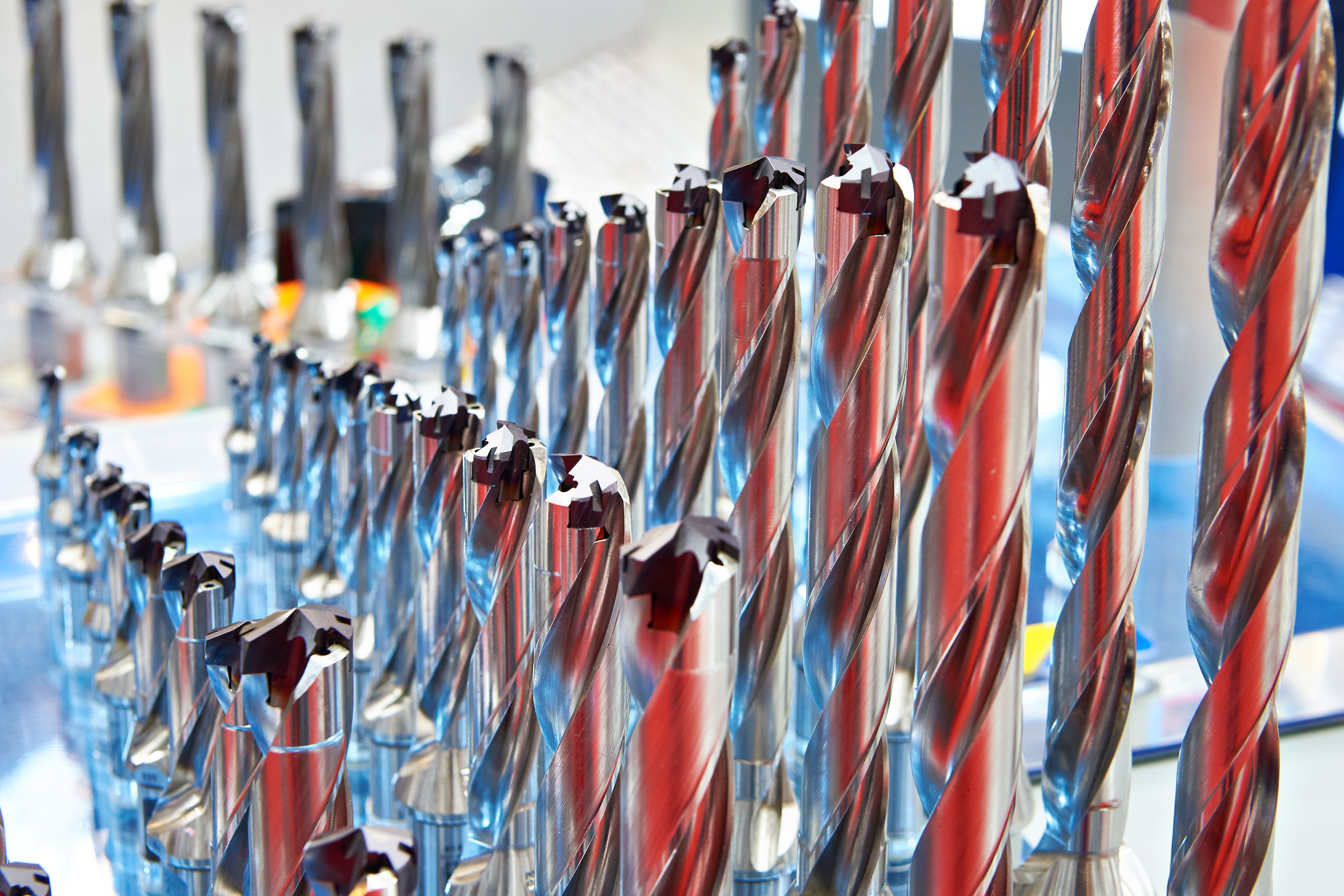Magnetic Drills: Precision and Power in Metalworking
RR
Understanding Magnetic Drills
Magnetic drills, often referred to as mag drills, are a crucial tool in the metalworking industry. These drills are designed for heavy-duty drilling operations in metal fabrication and construction. Their unique feature is the electromagnetic base, which allows them to adhere securely to a steel surface, providing stability and precision during drilling operations. This attribute makes them indispensable for tasks that require accuracy and power.
The portable nature of magnetic drills enables operators to perform drilling tasks in locations where traditional drills would struggle. Whether on-site or in a workshop, these drills offer unmatched convenience and efficiency.

Key Features and Benefits
Magnetic drills come with a range of features that enhance their functionality. Some of the key components include:
- Electromagnetic Base: Provides a strong hold on metal surfaces.
- Variable Speed Control: Allows precise adjustments for different materials and drill bit sizes.
- Safety Mechanisms: Include overload protection to prevent damage to the motor and the operator.
The benefits of using magnetic drills are numerous. They offer high precision in creating holes, which is critical in metalworking applications. Additionally, their ability to remain stable even in awkward positions reduces fatigue and increases productivity.
Applications in Metalworking
Magnetic drills are extensively used in various metalworking applications. They are ideal for drilling holes in steel beams, pipes, and other metal structures. Common industries that rely heavily on these tools include construction, shipbuilding, and manufacturing.
In construction, mag drills are used for tasks such as installing steel structures and bridges. In shipbuilding, they assist in creating precise holes for assembling components. Their ability to drill vertically, horizontally, and even overhead makes them versatile enough for any challenging environment.

Choosing the Right Magnetic Drill
Selecting the right magnetic drill depends on several factors, including the material being drilled, the diameter of the hole required, and the working conditions. It's crucial to assess the drilling capacity, power output, and additional features like adjustable bases or swivel heads that might be necessary for specific tasks.
Consideration should also be given to the weight of the drill. A lighter model may be preferable for overhead work, whereas a heavier model might be more stable for horizontal drilling.
Maintenance Tips for Longevity
To ensure your magnetic drill remains in optimal condition, regular maintenance is essential. This includes checking the electromagnetic base for wear and tear, ensuring the cooling system is functioning correctly, and regularly inspecting electrical connections.
Lubricating moving parts and cleaning metal shavings from the drill are also vital steps in preventing damage and extending the life of your tool. Adhering to these maintenance practices can save time and money in the long run.

Safety Precautions
While magnetic drills offer numerous benefits, safety should always be a priority. Operators should wear appropriate personal protective equipment (PPE), such as safety glasses and gloves, to minimize potential hazards.
It's important to ensure that the magnetic base is securely attached to the metal surface before drilling begins. Operators should also be mindful of their surroundings to avoid accidental contact with moving parts.
The Future of Magnetic Drills
The evolution of magnetic drills continues with advances in technology. Innovations such as cordless models and smart features that allow for more precise control are transforming how these tools are used in modern industrial settings.
The demand for more efficient and environmentally friendly tools is driving manufacturers to develop models that reduce energy consumption while maintaining high performance standards.
